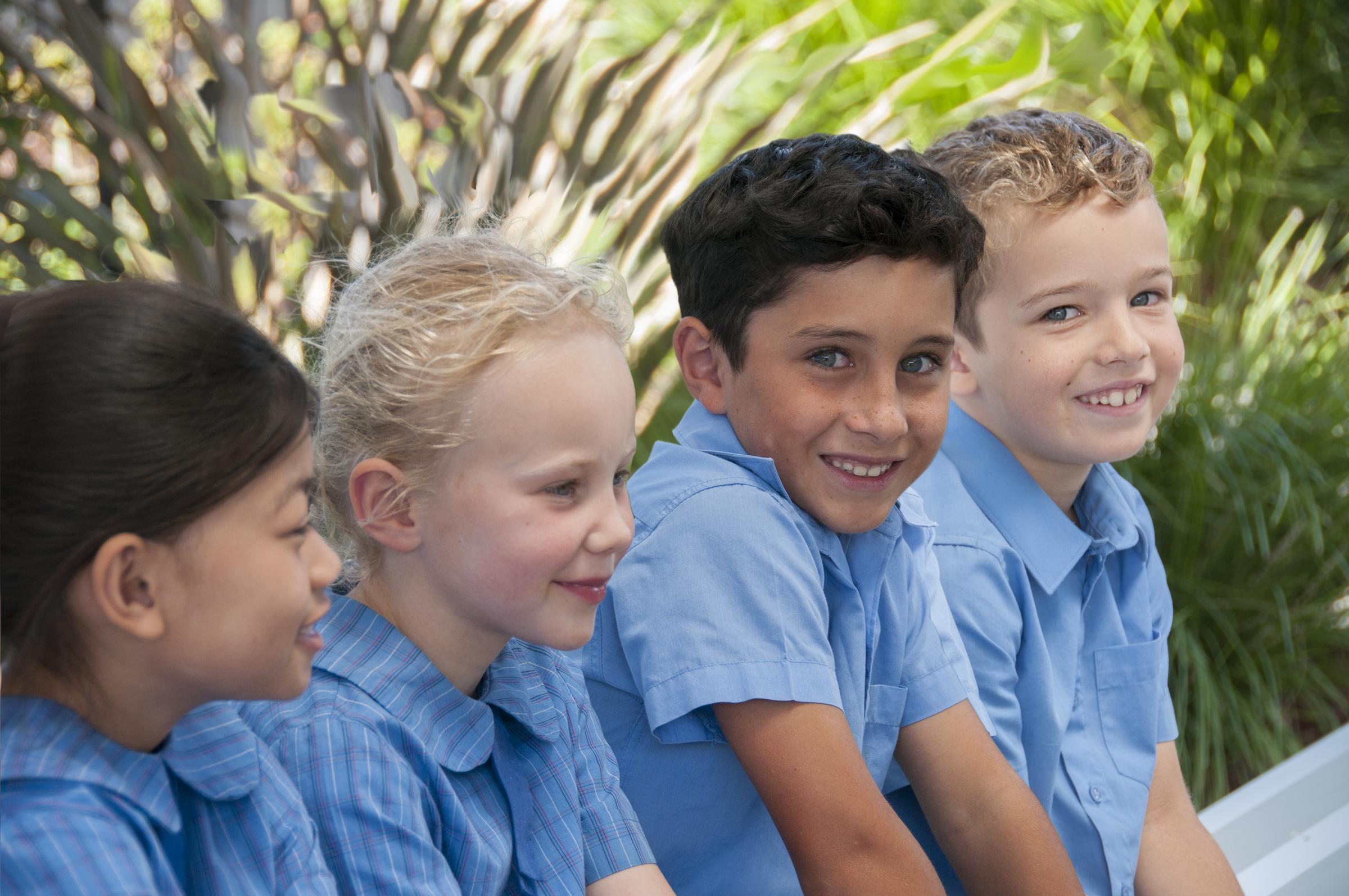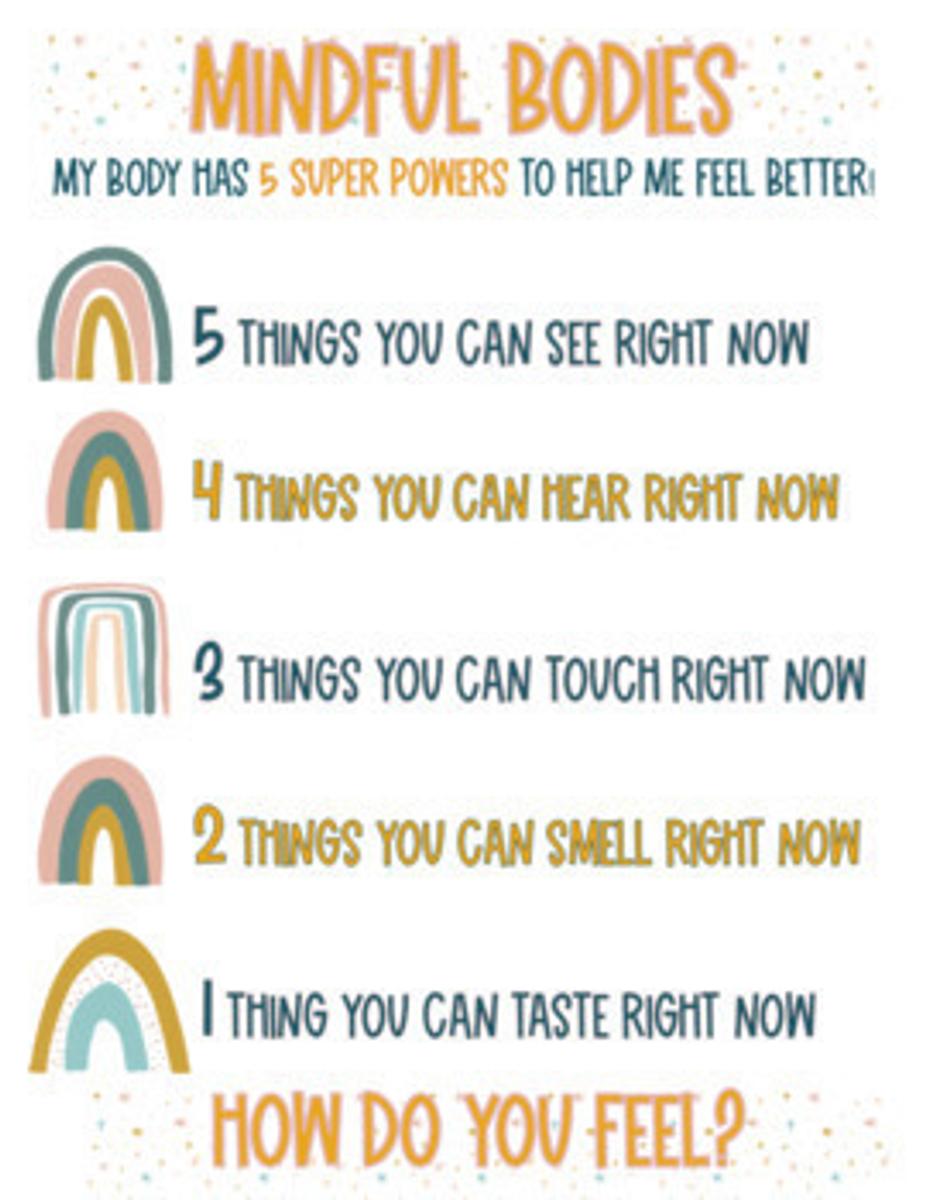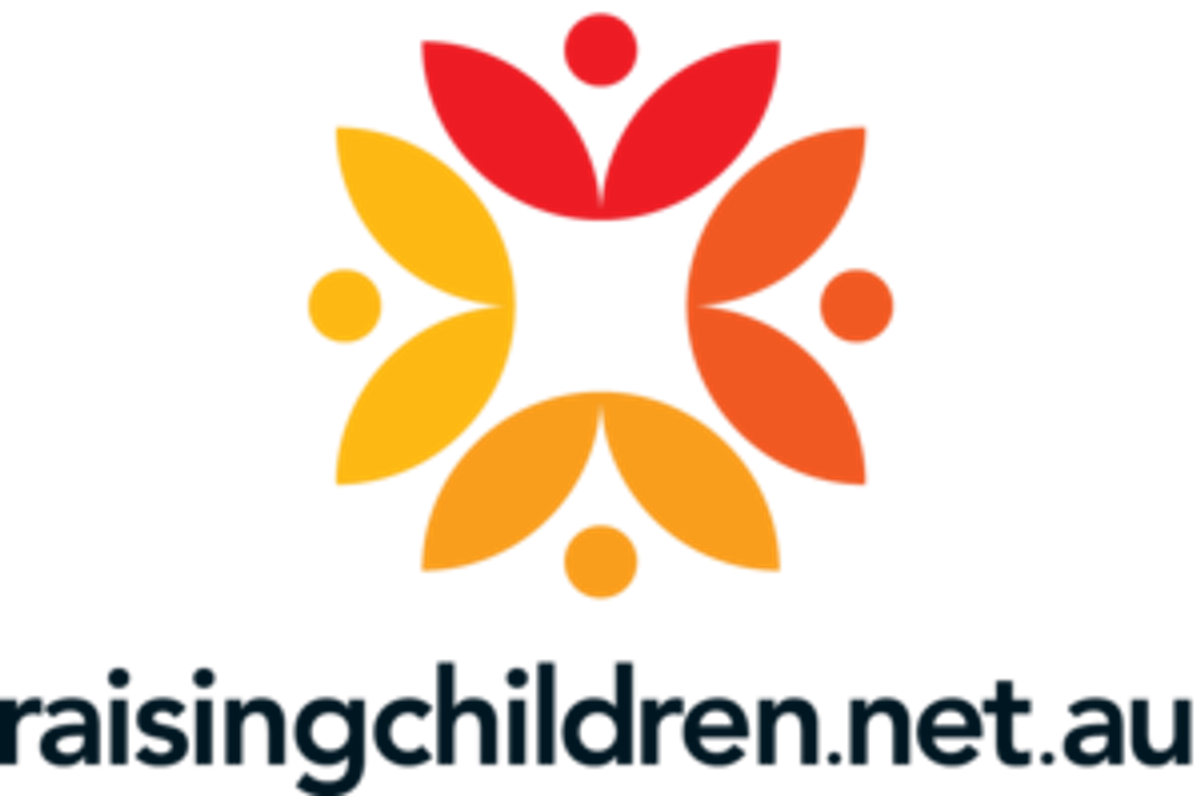Student Well-being

Wellbeing in the Year 3/4 Community
In the Year 3/4 community, fostering social and emotional development is an integral part of our Wellbeing lessons. It equips students with essential skills to navigate their interactions with others, understand their own emotions, and develop effective problem-solving strategies as well as calming down strategies. “If you don’t calm down, it’s harder to make good decisions” said Year 3 student, Jacob Pham. Through various tasks and activities, students learned valuable lessons on introducing themselves, identifying and managing their feelings, and employing the "Stop. Think. Do." approach to problem-solving.
Through engaging activities like role-playing and icebreaker games, students learned to introduce themselves with clarity, express their interests, and actively listen to others. These activities foster a sense of belonging and create a positive classroom environment that encourages empathy and understanding.
Understanding and expressing emotions is a crucial aspect of social and emotional development. In Year 3/4, students are encouraged to identify and label their feelings, fostering emotional intelligence. Teachers facilitate discussions and provide students with a safe space to share their emotions openly. By promoting emotional awareness, students learned to empathise with others, regulate their emotions, and establish healthy relationships.
Strong emotions are a natural part of life, and learning to manage them is essential for personal growth. In Year 3/4, students are equipped with strategies to navigate through challenging emotions effectively. They learned techniques such as deep breathing, mindfulness exercises, taking a break and engaging in activities they enjoy. Through these tools, students develop emotional resilience, enabling them to adapt to different situations, handle stress, and maintain a positive mindset.
Problem-solving is a skill that students will carry with them throughout their lives. The "Stop. Think. Do." approach serves as a framework for effective decision-making. Students are taught to pause and reflect before taking action. They learned to identify the problem, consider possible solutions, and evaluate the potential outcomes.
Through collaborative problem-solving tasks, students develop critical thinking, creativity, and teamwork, preparing them to tackle challenges with confidence and resilience.
By investing in the social and emotional well-being of the students in the Year 3/4 Community, we aim to equip students with the tools they need to navigate the world with confidence and compassion.
Grounding: a calming exercise for children and teenagers
After a traumatic, frightening or upsetting experience, a grounding exercise can help children calm down. Grounding exercises encourage children to focus on the things around them, rather than on the thoughts and feelings that are distressing them.
Grounding exercises can help adults too, so you could do a grounding exercise together with your child. Grounding exercises are a kind of mindfulness.
What you need for a grounding exercise:
You can do a grounding exercise anywhere and anytime. It helps to have:
- a quiet, comfortable place
- a few minutes when you won’t be interrupted.
How to do a grounding exercise:
Start by making sure your child is sitting comfortably with their legs and arms uncrossed. Then use a calm, quiet voice to guide your child through the exercise. Take it slowly and allow time for each step.
Here’s how to talk your child through the steps in this exercise. These are examples and can be adjusted to suit your child.
- ‘Get comfortable. Uncross your arms and legs.’
- ‘Now breathe in and out slowly 3 times.’ You can guide your child by saying, ‘Breathe in ... breathe out … . Breathe in ... breathe out … . Breathe in ... breathe out…’.
- ‘Now look around you. Name 5 objects that you can see.’ You can prompt your child with examples like, ‘I see the ground. I see my shoe. I see a tree. I see a car. I see my friend’.
- ‘Close your eyes. Breathe in and out slowly 3 times.’
- ‘Keep your eyes closed and listen carefully. Name 5 sounds that you can hear.’ You can prompt your child with examples like, ‘I hear a person talking. I hear a bird chirping. I hear a door close. I hear a car going past. I hear myself breathing’.
- ‘Keep your eyes closed. Breathe in and out slowly 3 times.’
- ‘Keep your eyes closed and think about how your body feels. Name 5 things you can feel.’ You can prompt your child with examples like, ‘I can feel my toes inside my shoes. I can feel my feet on the ground. I can feel my fingers pressed together. I can feel my t-shirt on my shoulders. I can feel my teeth with my tongue’.
- ‘Keep your eyes closed. Breathe in and out slowly 3 times.’
If your child names distressing objects or sounds, gently interrupt and suggest they choose something else. For example, you could say, ‘Yes, I know you can hear that, but what else can you hear? Can you hear the bird chirping?’
Older children might like to do the activity independently. You could show your child how to do the exercise, or record yourself talking them through it, and then suggest they use it when they need to calm themselves.
Examples you can follow:
Article from:
Lauren Borg
Student Wellbeing Leader



